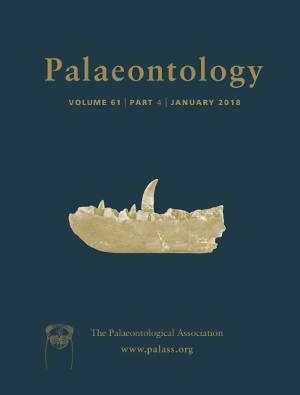Reg. Charity No. 1168330

Viviparity has evolved independently at least 12 times in ray‐finned fishes. However, the fossil record of actinopterygian viviparity is poor, with only two documented occurrences. Both of these are from the non‐teleost actinopterygian Saurichthys, and include S. curionii and S. macrocephalus from the Middle Triassic Meride Limestone (Monte San Giorgio, Switzerland). Here, we present new data on the reproductive biology of these species, giving unprecedented insights into their life‐history. Based on positional and preservational criteria, six specimens were identified as unambiguously gravid. Embryos were positioned dorsal to the gastrointestinal tract, parallel to the axial skeleton and to each other, in the posterior two‐thirds of the abdominal region. A minimum of 16 embryos are preserved in the most fecund females and, based on the largest preserved embryos and smallest preserved neonates, birth must have occurred at 7–12% of maternal fork length. Embryonic crania and teeth are relatively well‐ossified, however ossification of the parietal region is delayed. In the postcranium, the median scale rows and lepidotrichia are ossified, but not the lateral scale rows. Ossified squamation and gradual allometric growth suggests that neonates did not undergo metamorphosis and were relatively precocial. When considered in a phylogenetic context, neither live birth nor internal fertilization appears to represent the primitive state for saurichthyid fishes.